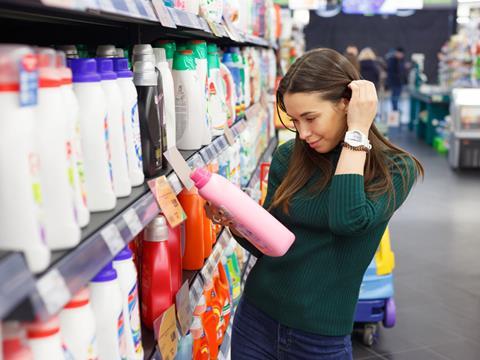
ExxonMobil has developed a new Paxon HDPE grade, SP5504, which it says offers a paradigm shift in the properties normally associated with the currently available unimodal HDPE resins.
According to the company, the new grade represents a step-change in ESCR (Environmental Stress Cracking Resistance) performance without compromising stiffness, impact, top load performance, or processability.
SP5504 is suitable for use in household and industrial chemical (HIC) bottles and containers for products like bleach, wipes, and agricultural chemicals.
“Until now, converters have often had to compromise to get the right ESCR performance of blow-moulded HDPE bottles and containers,” says Dr. James Stern, HDPE business development manager, North America & EMEAF at ExxonMobil.
“But, because there is no compromise in density or melt index, Paxon SP5504 enables converters to create cost-effective, innovative packaging solutions for household and industrial chemicals.”
ExxonMobil is currently conducting research into how PCR content can be increased in the material with minimal impact on its properties.
“Blow-moulded HDPE parts typically contain PCR in the core of multi-layer bottles and containers,” comments Mark Canright, global polyolefin product technology at ExxonMobil. “In California, for example, the current mandate for PCR content in blow-moulded HDPE parts is 25% and this is expected to rise in the next year.
“But, adding PCR can impact the properties of the virgin material, such as ESCR and top load. Paxon SP5504 enables converters to add even more PCR without significantly compromising the properties of the finished parts.”
With the industry driving towards increased recycling of post-consumer plastic waste, ExxonMobil claims to have demonstrated value-in-use at PCR levels at and above 25%, which it says may help brand owners and converters to meet changing sustainability targets.
“This new product will be an ‘enabler’ for the value chain to create truly innovative solutions for blow-moulded HDPE bottles and containers,” says Stern. “Ongoing commercial tests and trials with converters and brand owners are proving highly successful, so we are confident about the interest this new solution will generate across the value chain.”














